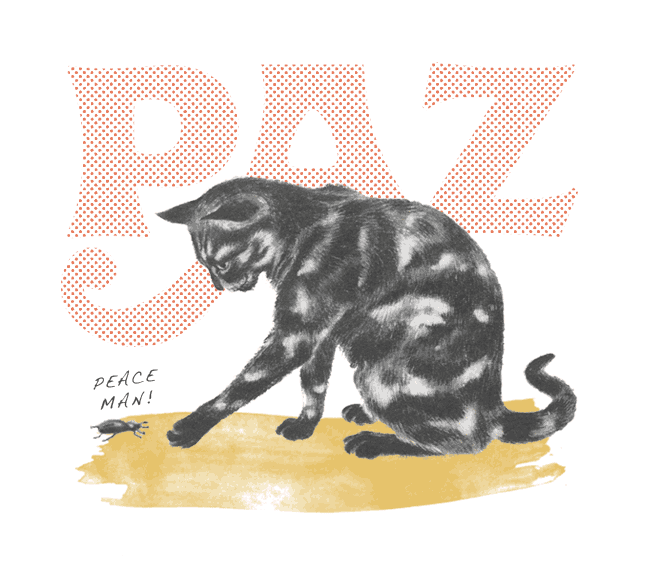Reasons for Dental Extractions
Post by Dr. Cindy Carter
So, your pet comes in for a dental exam or maybe they’re even at the vet under anesthesia for a routine cleaning and you receive a call: “Your pet needs extractions.”
What?! This is terrible news! Will they still be able to eat? Will they have a crooked smile? Luckily, dogs have 42 permanent teeth and cats have 30. Often we have to remove multiple teeth, but our pets typically do very well even with over half of the teeth removed at once. If your pet has extractions they will always go home with pain medications, antibiotics, and eat soft food for about a week afterwards to allow time for healing. In the rare case where the majority or even all the teeth are removed, they can still enjoy a diet of yummy canned food for life.
How do we decide which teeth need to be extracted?
Often times we can tell by physical exam whether a tooth needs to be extracted or not. In the exam room we may see exposed roots, fractured teeth, gingival recession, or severe gingivitis. But 2/3 of the tooth is located below the gumline, which is why dental radiographs (x-rays) are so important. We often find disease on radiographs that we can’t see with the naked eye, which is why taking images during any routine dental is very helpful and important.
Some reasons for extractions:
FORL – Feline Oral Resorptive Lesions

Feline oral resorptive lesions (FORL) can occur in adult cats of any age. They are often bilateral, meaning they occur on the same tooth on opposite sides of the mouth. Just like their name implies, these lesions involve the tooth being slowly reabsorbed into the jawbone. This often leaves the crown floating in the gum tissue. As it is destroyed, the inside of the tooth, the pulp cavity which holds the nerve and vessels of the tooth, is exposed and causes extreme pain to the cat.
Periodontal disease

Periodontal disease is an all-encompassing term for various stages of disease to the gums, teeth, and adjacent bone. As bacteria remains on the tooth, forging its way below the gumline, the bone becomes infected and begins to wear away. Without bone surrounding the tooth roots they will become mobile and require extraction.
Root abscesses

Infection can set in at the root of a tooth so that we can’t even see it with the naked eye! Not to belabor the point, but again this is why dental radiographs are so important and helpful. Just remember that your own dentist likes to take images of your teeth regularly too for this very reason!
(See those dark regions around the tip of the tooth roots? That tooth is infected and dying!)
Retained deciduous teeth

Dogs and cats are born with deciduous or “baby” teeth which they lose between 4 and 9 months of age as their permanent teeth take their place. Sometimes one of these deciduous teeth will not shed like normal, most commonly the upper canine teeth in small breed dogs. When this happens the deciduous tooth can crowd the permanent tooth out and cause it to come in misaligned, and the two teeth remain tightly apposed leading to quicker tartar build-up between them.
Complicated fractures

Complicated fractures involve exposure of that precious pulp cavity we’ve been talking about, which you remember when exposed allows bacteria to enter the tooth and cause infection. Sometimes these teeth can be saved by root canal, but the most common treatment we perform is extraction.
Uncomplicated fractures

There can be chip fractures in the enamel of the tooth which don’t require the whole tooth to be extracted (whew!), but are best treated while they are fresh to prevent infection. At PAZ Veterinary we can apply a bonded sealant to teeth with chips in the enamel that don’t involve that sensitive pulp cavity I was telling you about to protect them from further damage.
Stomatitis

This is an autoimmune disease which involves a complete intolerance to plaque. These animals develop severe inflammation in their mouth and may have to have all of their teeth extracted to prevent lifelong pain. Luckily, this disease is not very common.
These are just a few of the reasons we might need to extract one or more of your cat or dog’s teeth. Many of these events are unavoidable, but extracting the problem tooth will bring a smile back to your furbaby’s face ☺.
*Images marked AVDC copyright AVDC, used with permission






